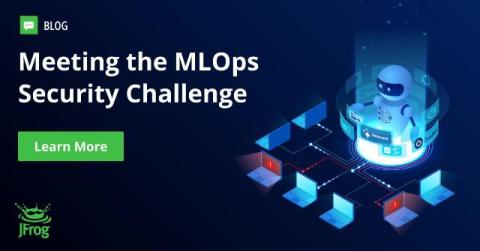If Social Engineering Is 70% - 90% of Attacks, Why Aren't We Acting Like It?
Over a decade ago, I noticed that social engineering was the primary cause for all malicious hacking. It has been that way since the beginning of computers, but it took me about half of my 36-year career to realize it. At the time, I think everyone in cybersecurity knew social engineering was a big part of why hackers and their malware programs were so successful, but no one really knew how big.











